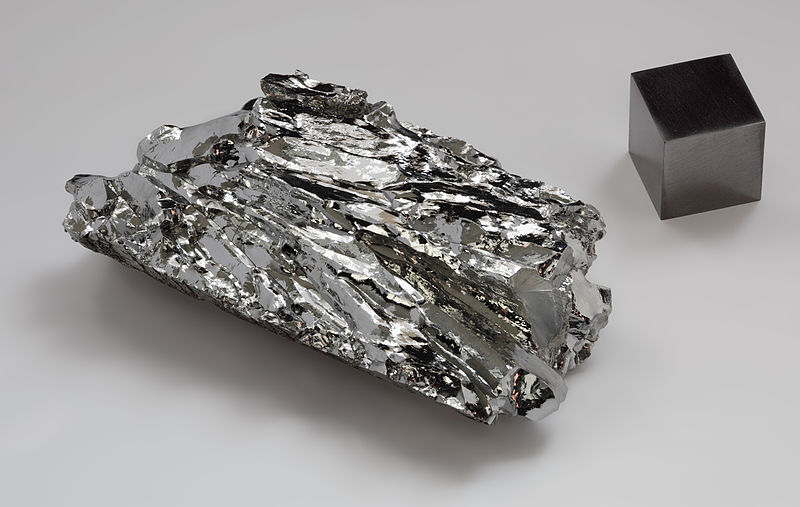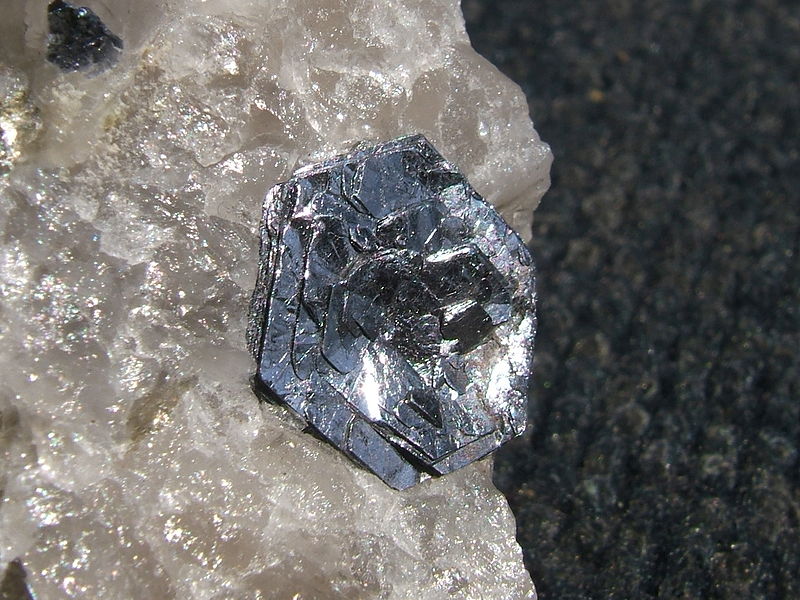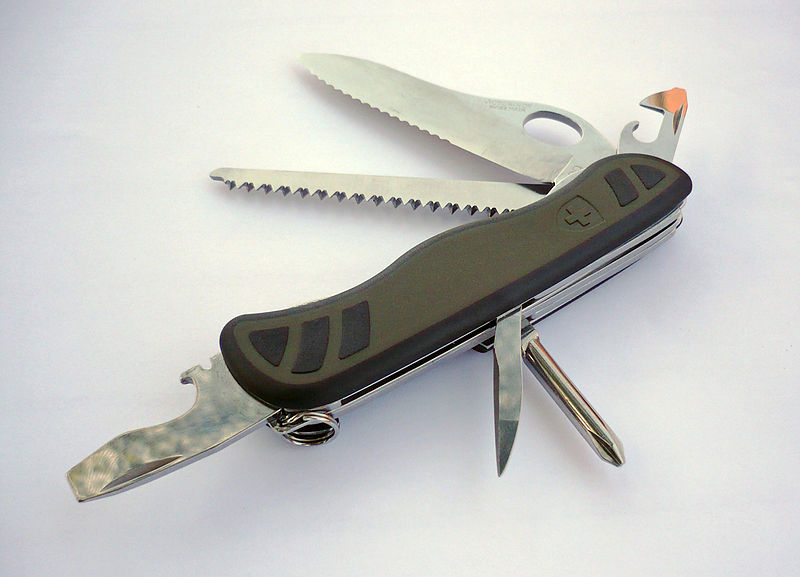

| Ore | Common Name | Formula |
|---|---|---|
| Sulphide | Molybdenite | MoS2 |
| Molybdate | Wulfenite | PbMoO4 |
| Molybdate | Molybdite | Fe2O3,3MoO3,8H2O |
Molybdenum
Molybdenum is a grayish white colored metal. The important use of molybdenum is an alloying element with iron in the production of molybdenum steel. Molybdenum is used mostly for production of ferromolybdenum. It also forms alloys with other metals. It is produced by smelting reduction of ores containing molybdenum. Molybdenite occurs in deposits associated with acid igneous rocks. Wulfenite is found in the oxidized zone of lead-molybdenum bearing deposits. Molybdenite is widely distributed. It is found in hydrated iron-molybate. The major producers of molybdenum are USA, Canada, Russia and Chile.
Extraction of Molybdenum
The sulphide ores are concentrated by froth floatation process. The ore concentrate is roasted in a reverberatory furnace with sufficient blowing of air. The sulphur is separated as sulphur dioxide and joins the atmospheric gases. The remaining material is molybdenum oxide. The oxide is reduced in an electric arc furnace in presence of coke. Due to heating of coke along with oxide carbon monoxide and carbon dioxide are formed. Molybdenum oxide is reduced and melting of metal starts due to increase of heat. The metal bath contains some impurities. Limestone is added as flux to help in the formation of slag and removal of impurities. Oxygen is blown in to the metal bath for refining of the molten metal. For production of ferromolybdenum, iron ore is added. Coke is also added to the metal bath. Some amount of lime stone is also added to the bath. Air is blown in to the furnace. Iron ore is reduced and oxygen is separated in the form of carbon monoxide and carbon dioxide. Slag is formed on the top of metal bath. It is separated and the ferroalloy is further refined by blowing of air to the metal bath. The molten ferroalloy is poured into casting beds and cooled down for future use.


Molybdenum Alloys
Molybdenum decreases temper brittleness when alloyed with steel. It remarkably increases hardenability to make steel deep-hardening. Molybdenum added to steel helps in forming carbide. So, molybdenum carbide particles help in enhancing the high temperature or creep resistance of steels. Molybdenum helps in building secondary hardening in alloy steels. Tool steels contain molybdenum to increase the hardness and strength. Molybdenum carbide increases wear resistance. Chrome-Molybdenum steels are used for pressure vessels, structural parts, and automobile axles. Nickel- Chrome -Molybdenum steels are used for turbine rotors, structural parts of wing assembly and landing gears. Heat and corrosion resistant steels also contains molybdenum. Stainless steels and TRIP steels also contain small amount of molybdenum for extra strength and corrosion resistance.Molybdenum is also added to cast iron. It increases the hardness and promotes uniformity of microstructure. When it is added in small amount, it dissolves in the ferrite. But when added in large amounts it forms carbide. Molybdenum also provides resistance to tempering effects at high temperature effects at high temperature. Creep strength is increased by small amount of molybdenum. It also enhances the corrosion resistance of stainless steels to chloride solutions and sea water. In the case of high speed steel molybdenum is effective in providing resistance to wear and tear.